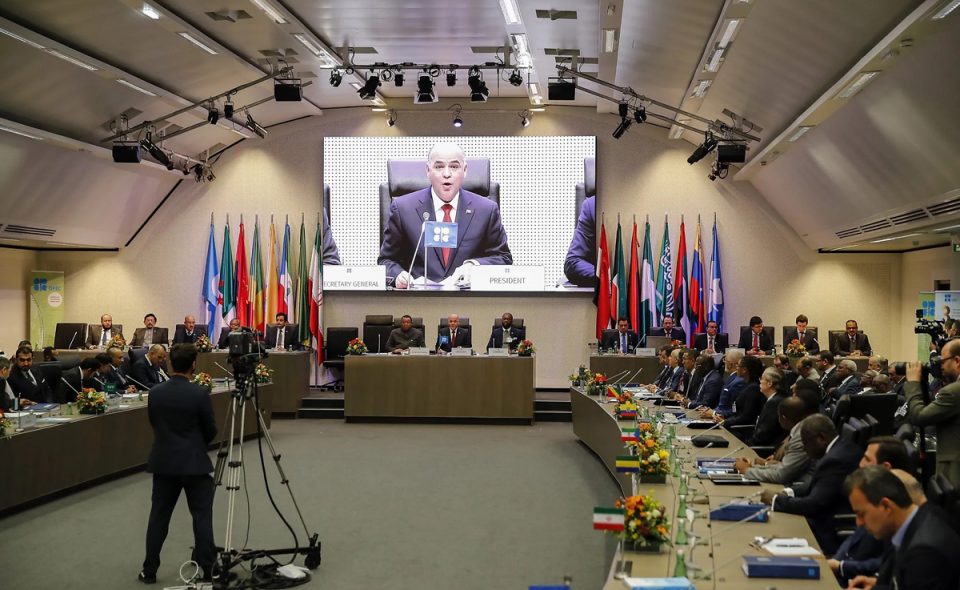The Organisation of Petroleum Exporting Countries (OPEC) on Monday inaugurated its 2022 World Oil Outlook (WOO).
The WOO was inaugurated at the Abu Dhabi International Petroleum Exhibition and Conference (ADIPEC) 2022 in the United Arab Emirates (UAE).
ADIPEC is the global energy industry’s most influential meeting place which convenes ministers, energy leaders, and professionals to identify opportunities that will unlock new value in the energy landscape.
he conference, which is holding from Oct. 31 to Nov. 3 has its theme as “The Future of Energy: Secure, Affordable and Sustainable”.
First published in 2007, the WOO offers a detailed review and assessment of the medium- and long-term prospects for the global oil and energy industries to 2045.
OPEC’s Secretary-General, Haitham Al Ghais, in launching the publication said the 16th edition of the flagship publication incorporated analysis of the industry’s various internal and external linkages.
He said it dwelt on shifting dynamics that had seen a renewed focus over the past year of the interplay between energy affordability, energy security, and the need to reduce emissions.
“It provides insights into energy and oil demand, oil supply and refining, the global economy, policy and technology developments, demographic trends, environmental issues and sustainable development concerns,” he said.
He said the WOO 2022 again underscored the increasingly complex nature of the global oil and energy industries.
“Is a great honour to return to ADIPEC to launch this year’s WOO, an event that continues to go from strength-to strength. This is tribute to the leadership in the UAE.
“Highlights from 2022 WOO include that ‘The world economy is expected to be more than double in size, and the global population rise by 1.6 billion between now and 2045,” he said.
Based on the outlook, he said global primary energy demand was forecast to continue growing in the medium- and long-term, increasing by a significant 23 per cent in the period to 2045.
“The world needs to annually add on average 2.7 million barrels of oil equivalent a day to 2045, while all forms of energy will be needed to address future energy needs.
“Oil is expected to retain the largest share in the energy mix throughout the outlook period, accounting for almost a 29 per cent share in 2045.
“Other Renewables – combining mainly solar, wind and geothermal energy – expand by 7.1 per cent p.a. on average, significantly faster than any other source of energy.
“All major fuel types witness growth, with the exception of coal.
“Globally, oil demand is projected to increase from almost 97 million barrels a day (mb/d) in 2021 to around 110 mb/d in 2045,” he revealed.
He said the outlook indicated that India was set to be the largest contributor to incremental demand, adding around 6.3 mb/d to 2045.
He said Global refining capacity additions were projected at 15.5 mb/d between 2022 and 2045 while global oil sector would need cumulative investment of $12.1 trillion in the upstream, midstream and downstream through to 2045, equating to over $500 billion each year.
“Recent annual investment levels have been significantly below this, due to industry downturns, the pandemic, and the increasing focus on environmental, social, and governance (ESG) issues,” he said.




